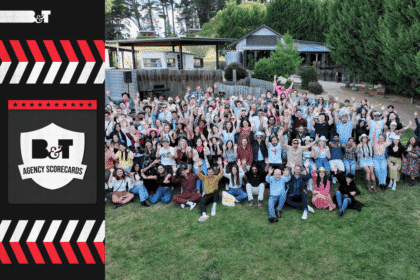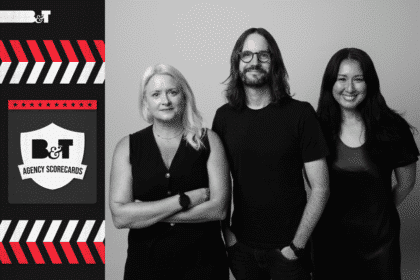Mobile internet use will account for 26% of global media consumption in 2019, up from 19% in 2016, according to Zenith’s Media Consumption Forecasts, published today.
People around the world will spend an average of 122 minutes a day accessing the mobile internet via browsers and apps, an amount that has grown from just ten minutes a day since 2010.
This is the third annual edition of the Media Consumption Forecasts, which surveys changing patterns of media consumption since 2010, and forecasts how the amount of time people allocate to different media will change between 2017 and 2019, in 71 countries across the world.
In Australia, total media consumption has increased +2.4% in 2016 vs 2015. This is a continuation of the trend over the last few years of flat to minimal growth year-on-year, with the total increase over the last five years of +7%.
Zenith Australia expects this conservative level of growth to continue over the next three years. Primarily the growth is being driven by an increase in digital consumption, which is up +4.4% YOY. Most of the traditional mediums have continued to decline: print consumption is down -8.6%, magazines are down -11.2% and TV is down -1%. Radio is the only traditional medium bucking the trend with an increase of +7% YOY.
Zenith Australia CEO Nickie Scriven said: “The growth of online video content is one of the key drivers of digital consumption growth. Households who subscribe to an SVOD service have grown from close to zero at the start of 2015 to 34% by the end of 2016. Meanwhile, traditional television networks are increasing the amount of content and the quality of their VOD services. On top of the increase in content, internet accessibility continues to increase. Whilst broadband enabled homes are stable at 80%, smart phone ownership is now at 84% and tablet ownership at 59% of households.
“Radio remains the only traditional medium to continue to have consumption growth. Radio has been impacted the least by the convergence of digital with only 25% of the population streaming music or radio online regularly, vs 45% of the population streaming online video.”
The mobile boost to media consumption is slowing
Mobile internet consumption increased at an average rate of 44% a year between 2010 and 2016, driven by the spread of mobile devices, improvements in technology and greater availability of mobile-adapted content. Some of this extra consumption time was cannibalised from traditional media, but the spread of mobile technology has given a boost to overall media consumption by allowing users to access more media, in more places, and at more times than ever before. The average person spent 456 minutes consuming media in 2016, up from 411 minutes in 2010 – that’s an average increase of 2% a year.
Now that mobile devices have taken a central role in so many people’s lives, the growth in mobile internet use is slowing, and with it the growth in media consumption overall. Mobile internet use grew 25% in 2016, down from 43% growth in 2015, and we expect it to grow 17% in 2017. After 2.7% growth in 2016, we expect overall media consumption to be essentially static in 2017, then grow by less than 1% a year to 2019.
Mobile accounts for 71% of internet use
The amount of time people spent accessing the internet by desktop peaked in 2014, and in 2015 mobile overtook desktop to become the world’s primary point of access to the internet. We forecast that 71% of all internet consumption will be mobile in 2016. The regions that have embraced mobile internet use the fastest are North America (where 76% of internet use is mobile) and Asia Pacific (75%).
Traditional media still accounts for more than two thirds of consumption
Despite the rapid rise of the internet, traditional media will still account for 69% of global media consumption in 2017. People will spend an average of 316 minutes a day with traditional media this year, down from 364 in 2010. By traditional media here we refer to printed newspapers and magazines, broadcast television and radio, cinema and outdoor advertising. Most businesses that operate in these media sectors have launched online versions of their operations, and these are counted as internet operations in this report. So even though traditional media consumption has fallen 13% over the last seven years, traditional media owners will have recaptured some of this lost time on the internet.
Television remains dominant
Traditional, broadcast TV is still the largest single medium by consumption time, averaging 170 minutes of viewing per day this year, compared to 140 minutes for the internet, and we expect it remain dominant for the rest of our forecast period. The gap between television and internet consumption will narrow, however, from 30 minutes in 2017 to just seven minutes in 2019.
“Mobile technology has thoroughly disrupted consumers’ media habits in less than a decade,” said Jonathan Barnard, Head of Forecasting at Zenith. “The pace of change is now slowing – at least until the next disruptive technology takes off.”
“Consumers now expect to be able to communicate and transact with brands at the time and place of their choosing,” said Vittorio Bonori, Zenith’s Global Brand President. “Brands need to respond to and anticipate changes in media behaviour, to build stronger and more durable relationships with consumers and expand their business.”








